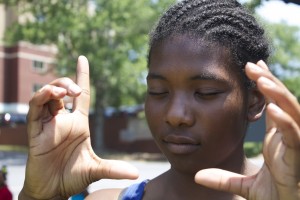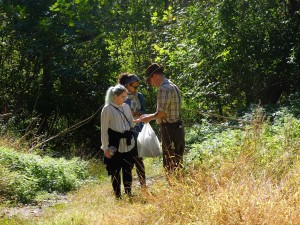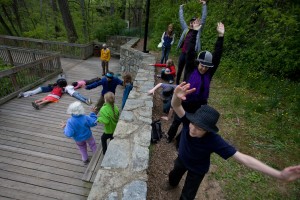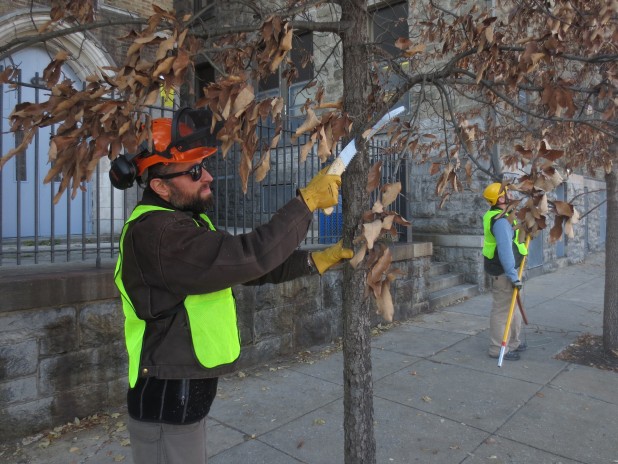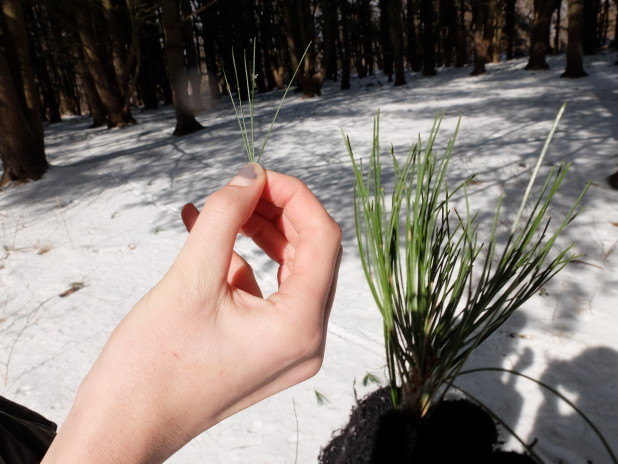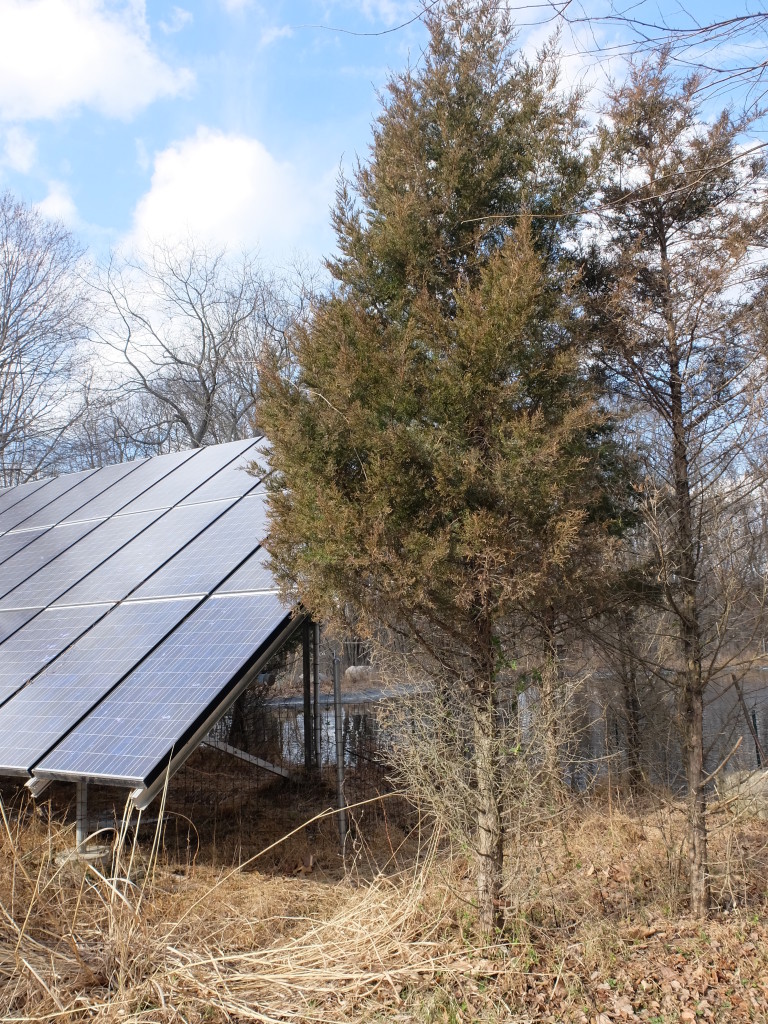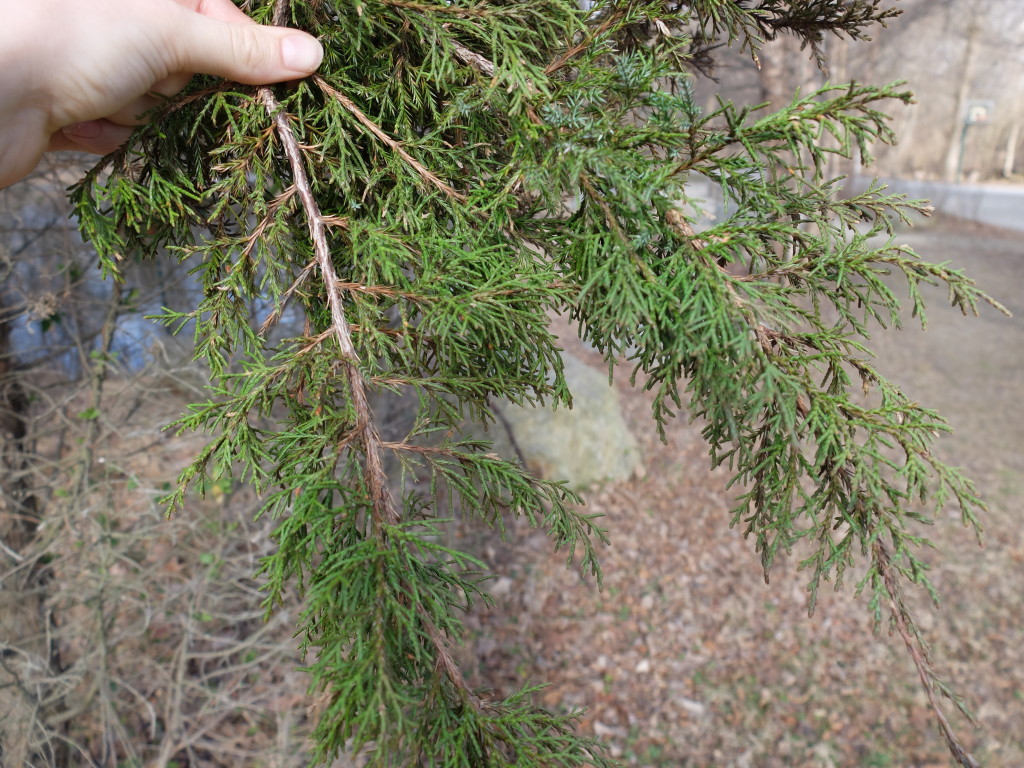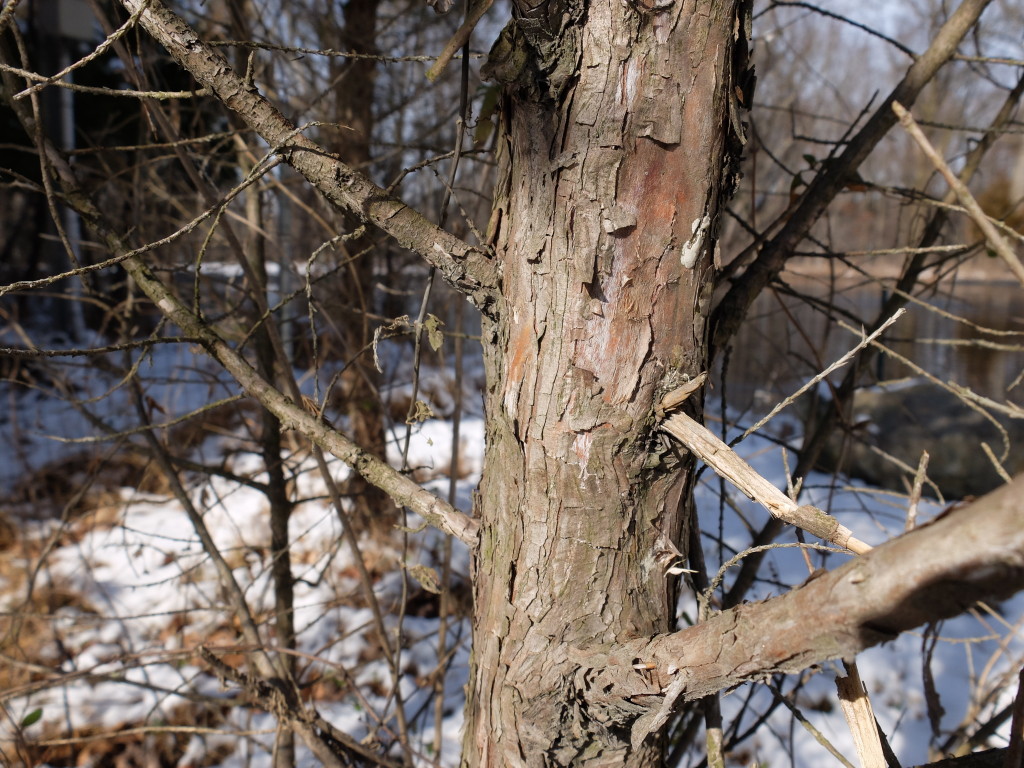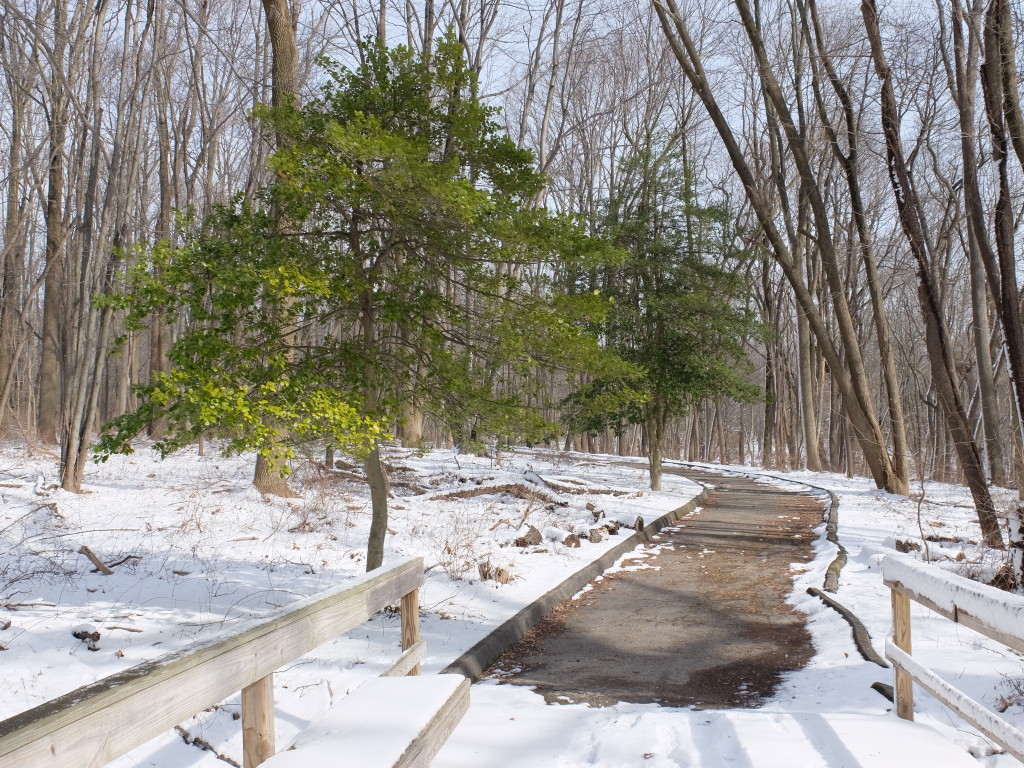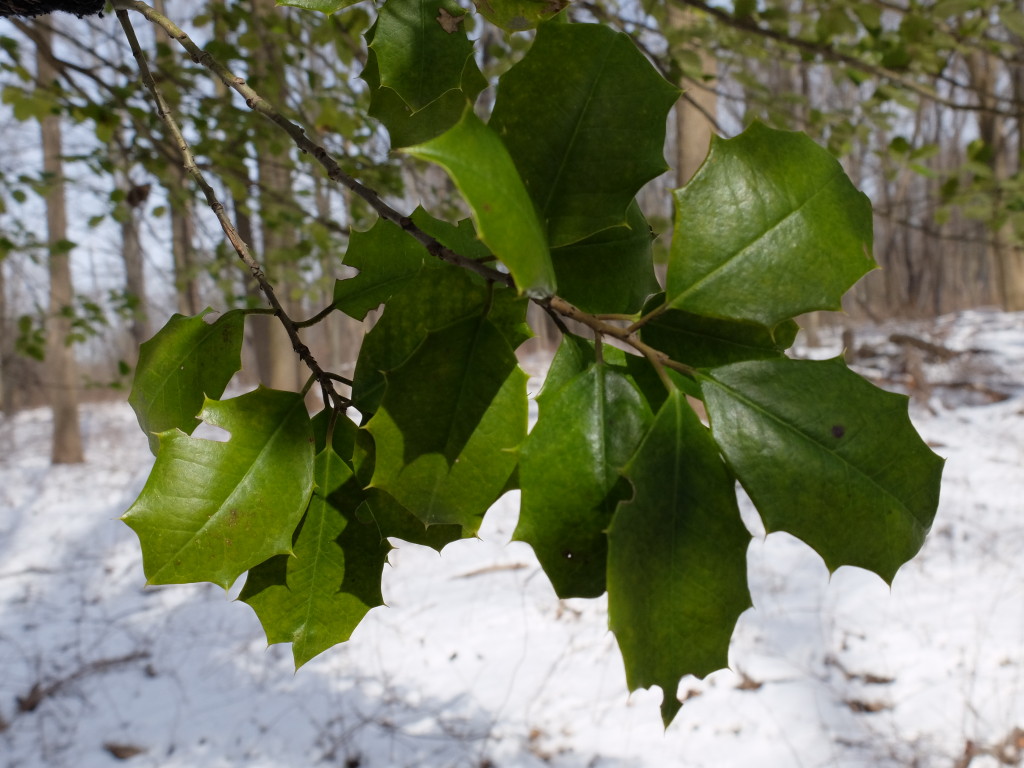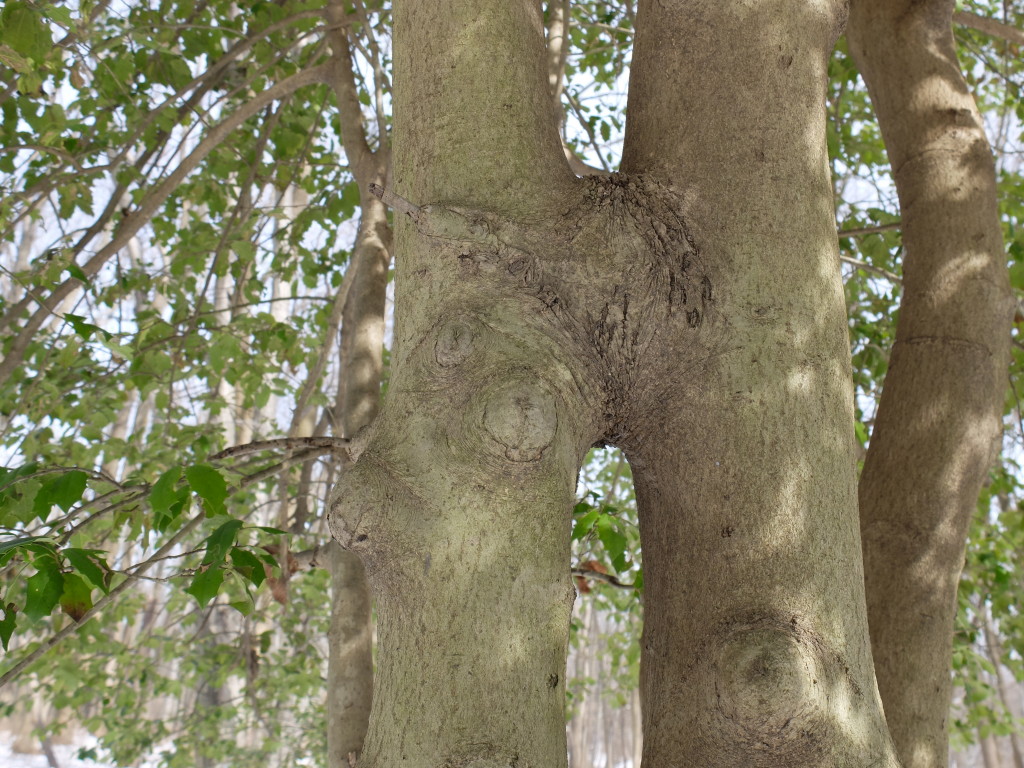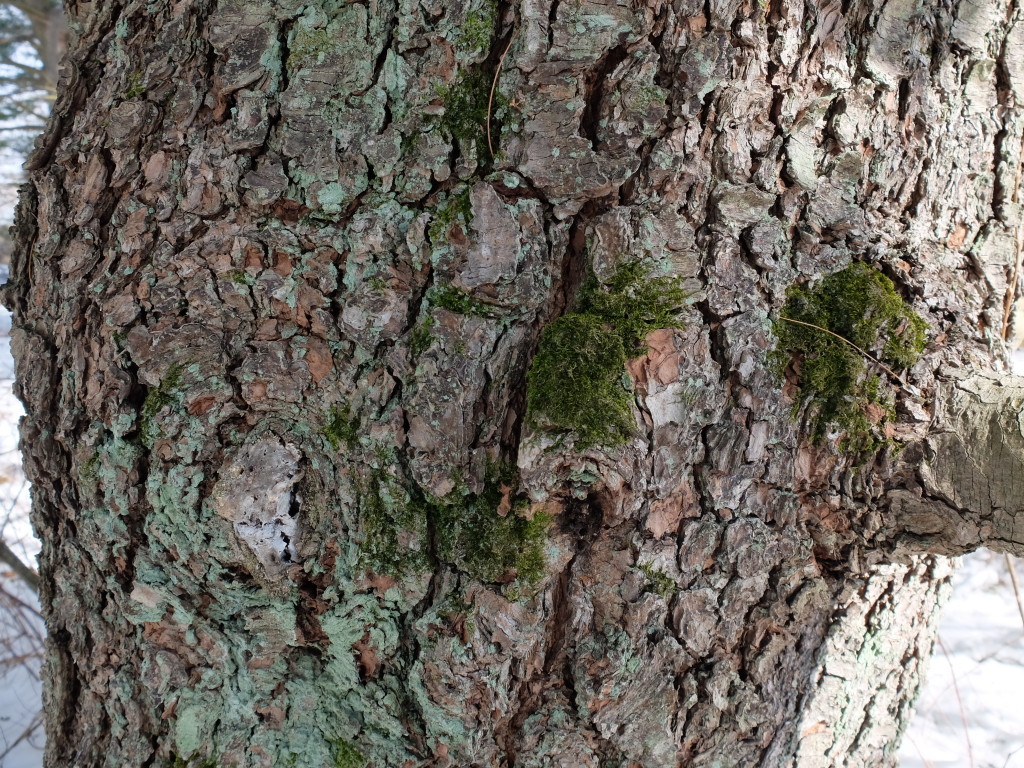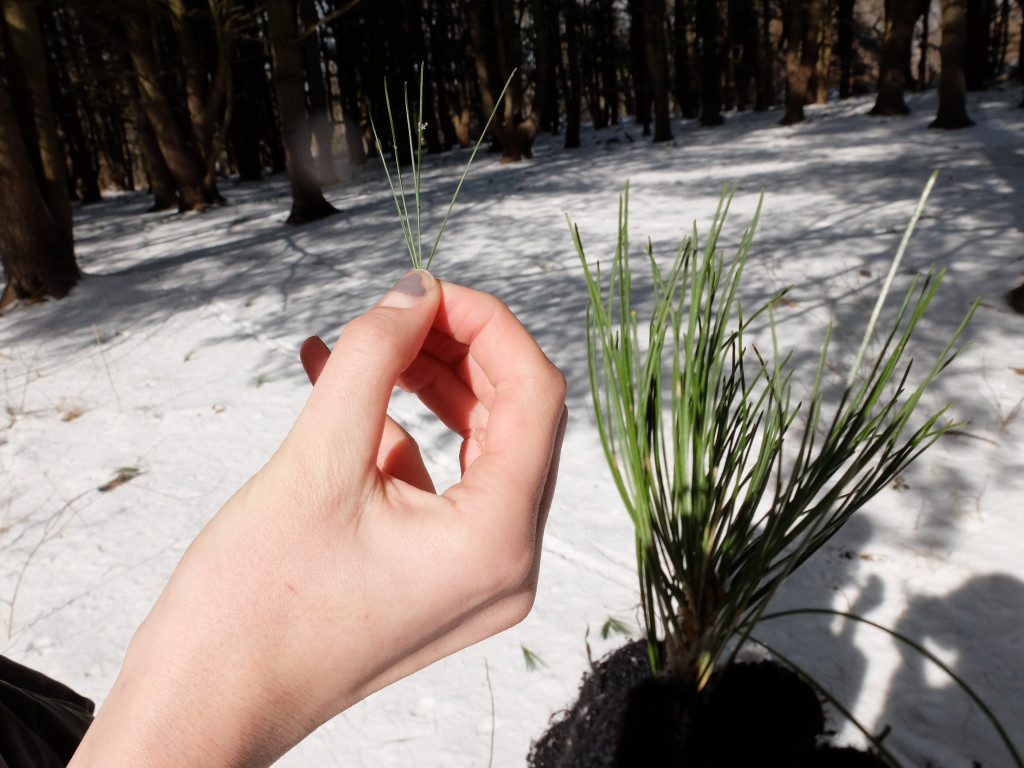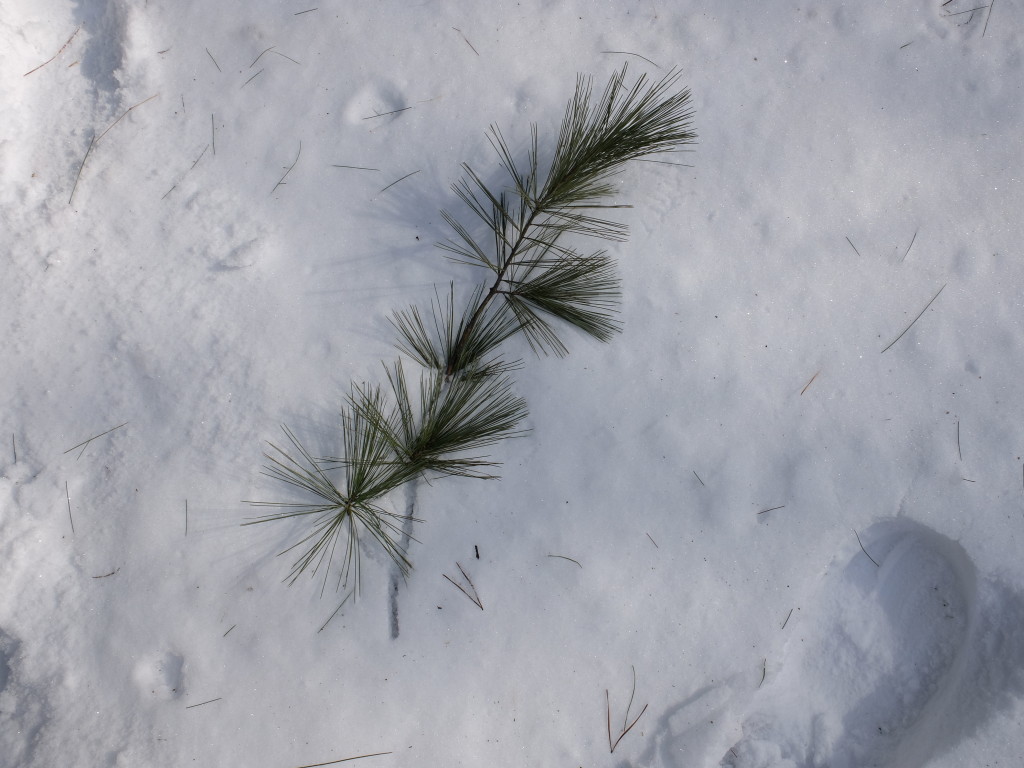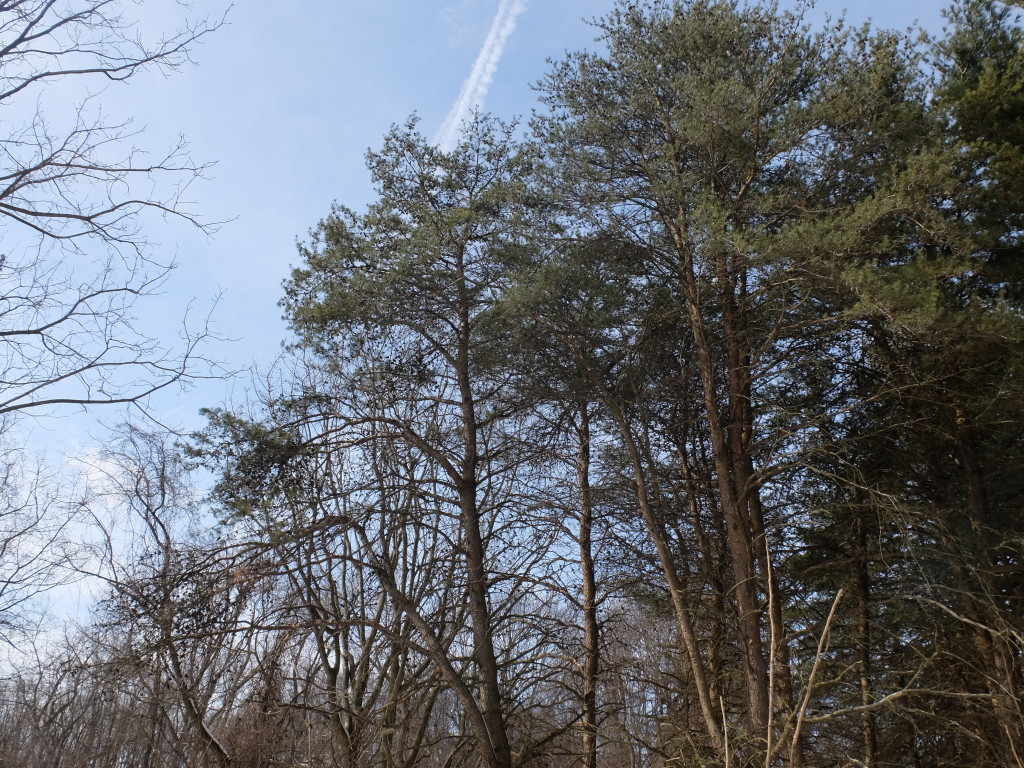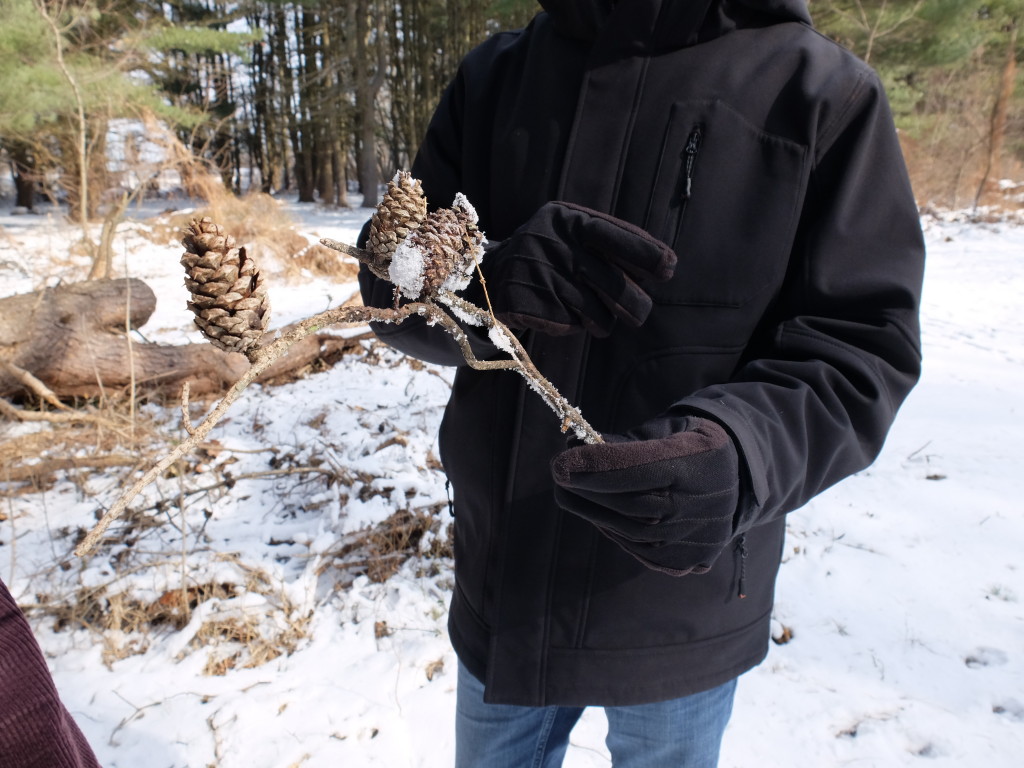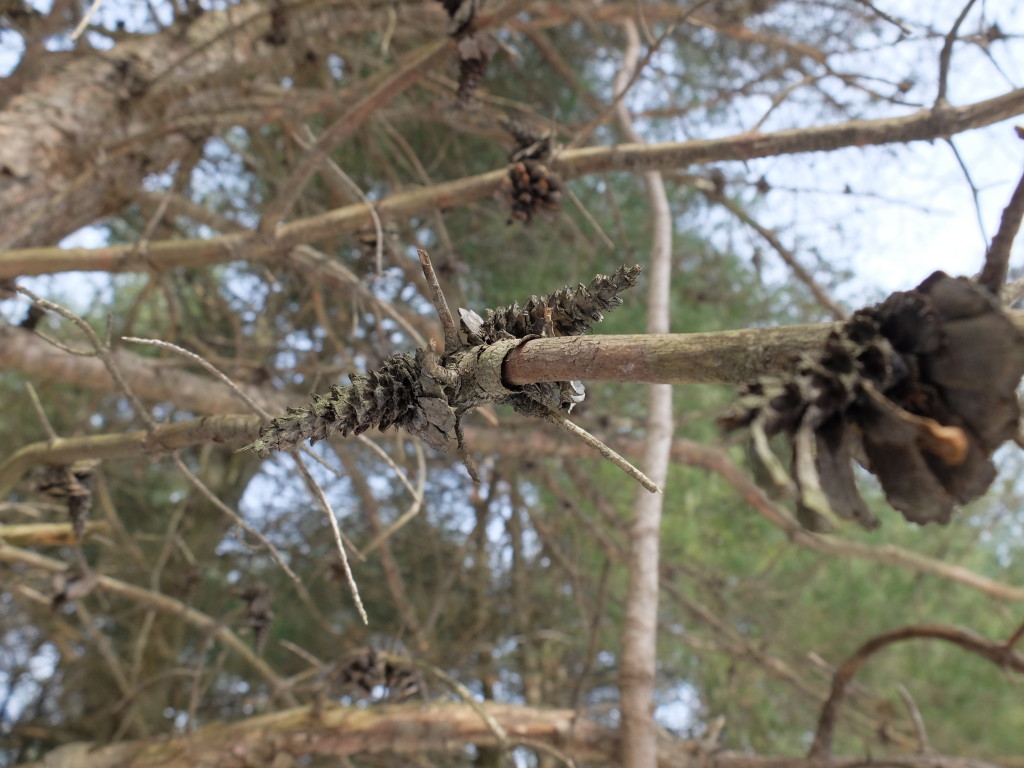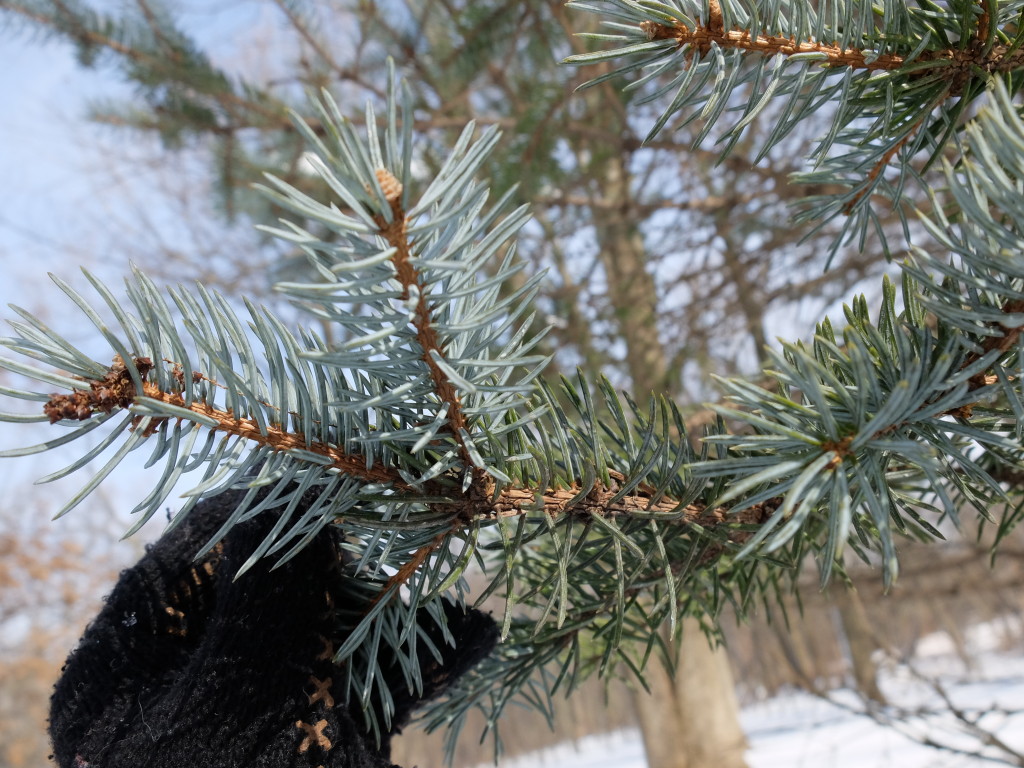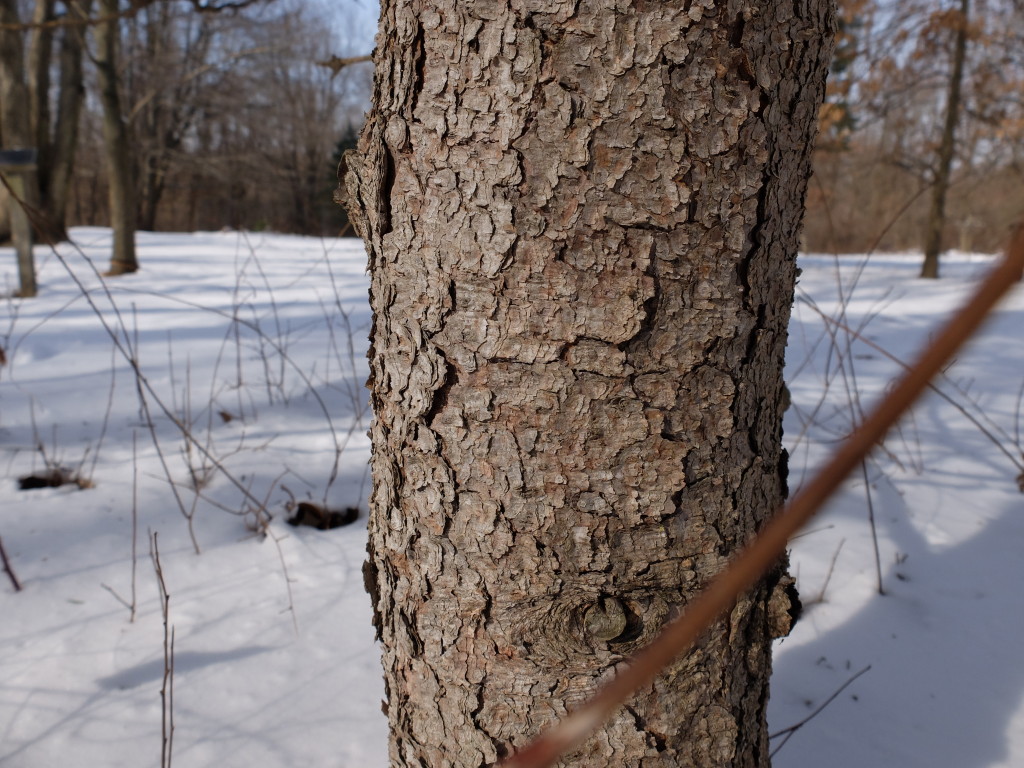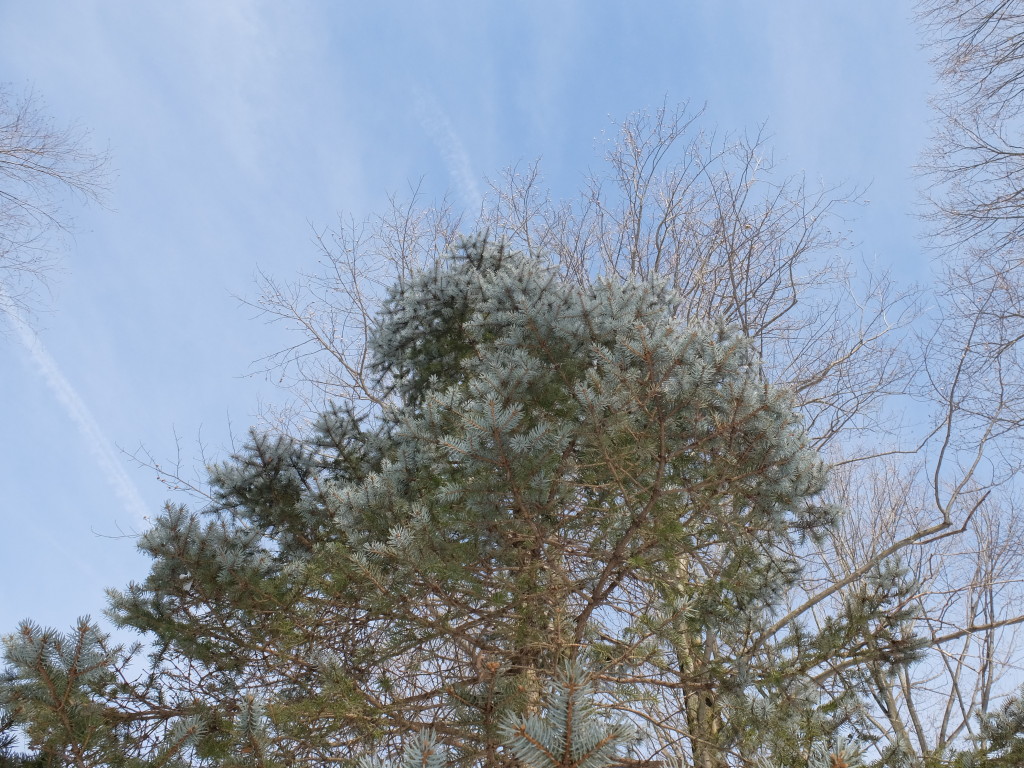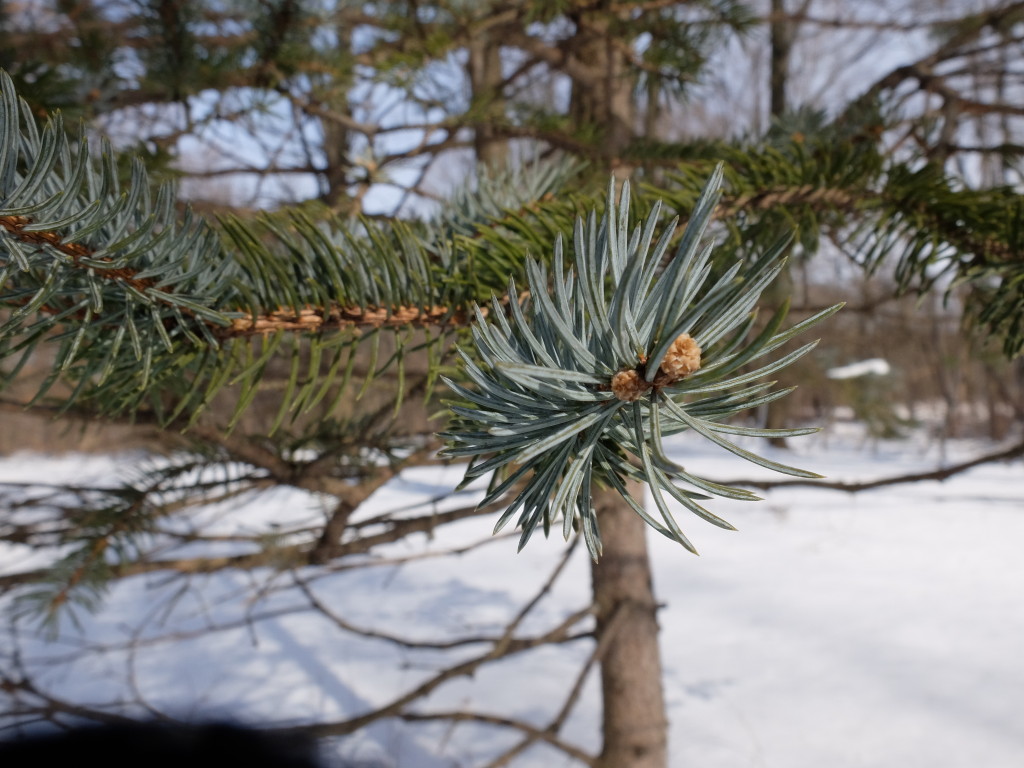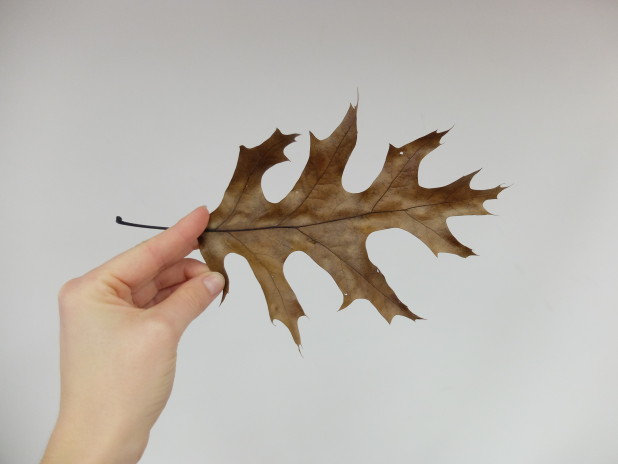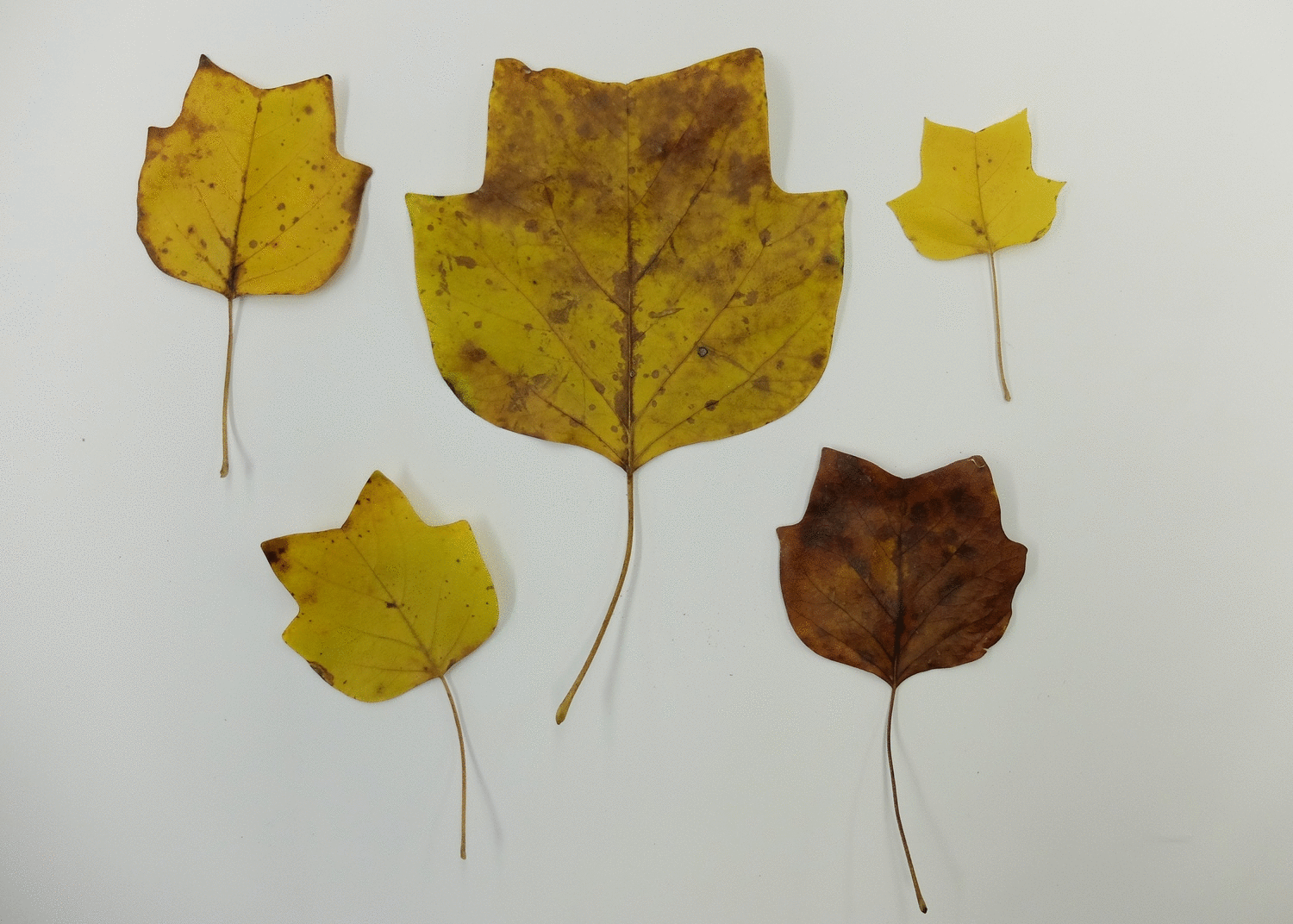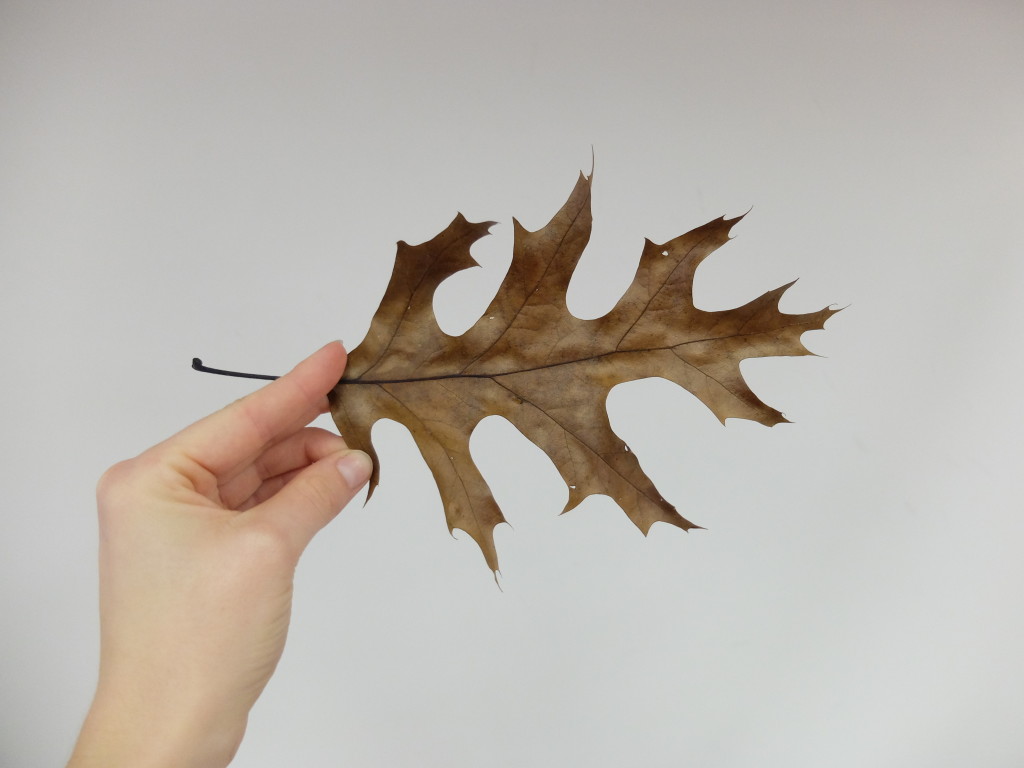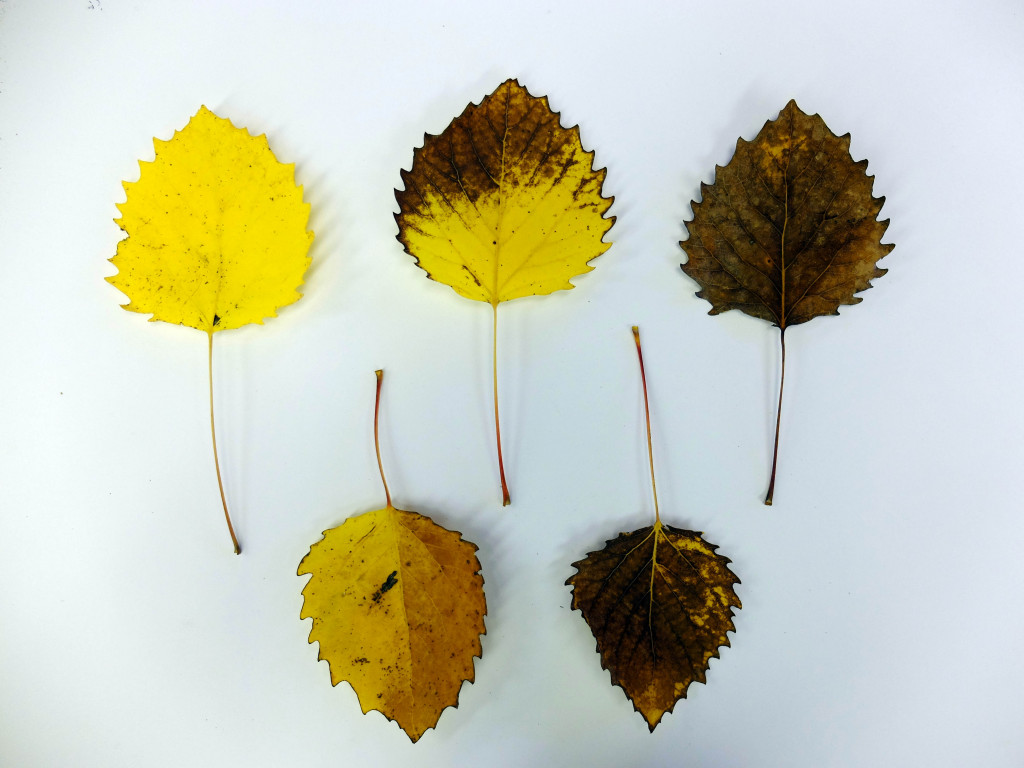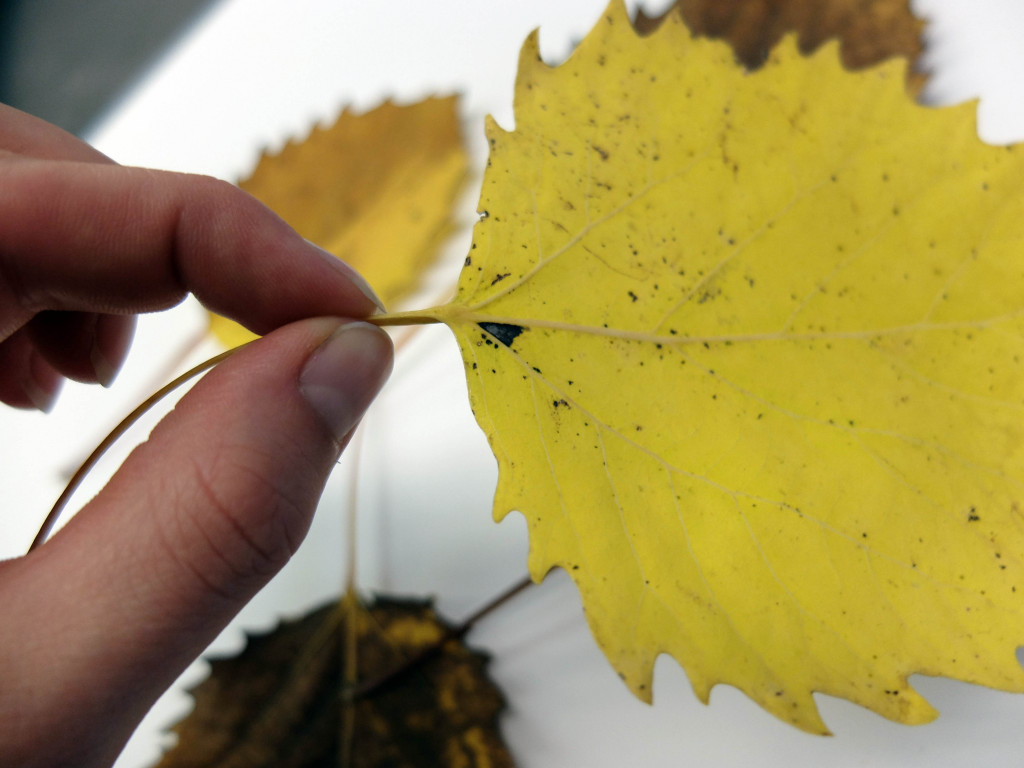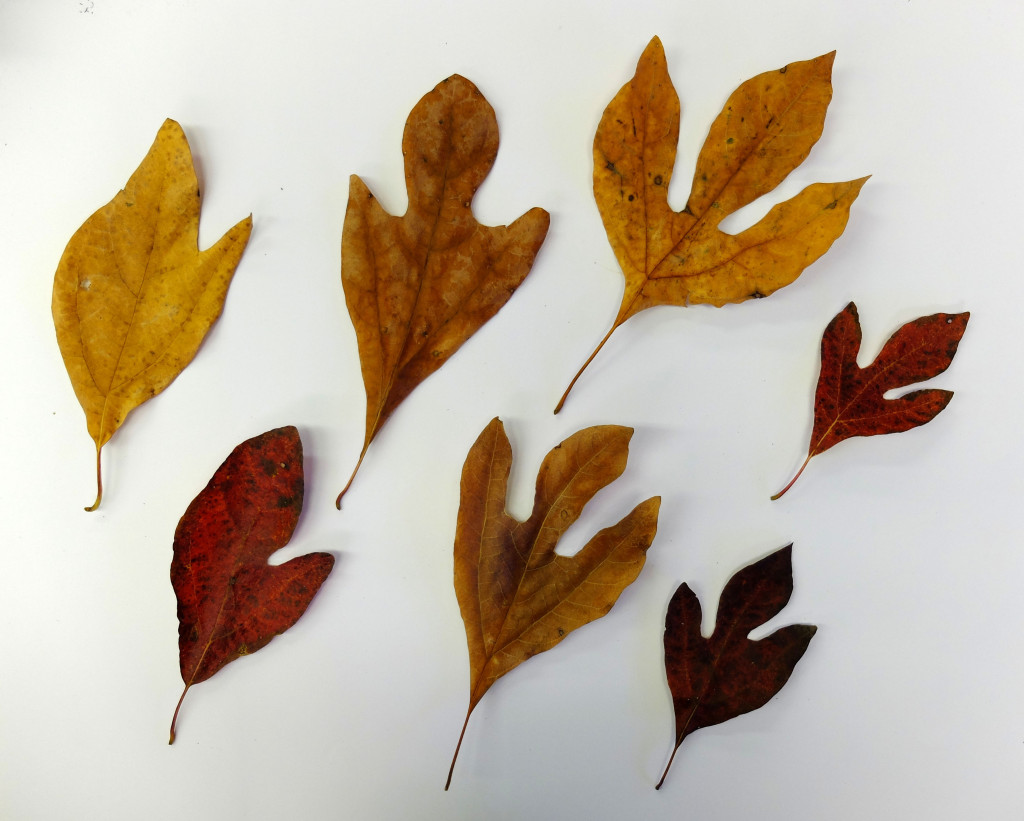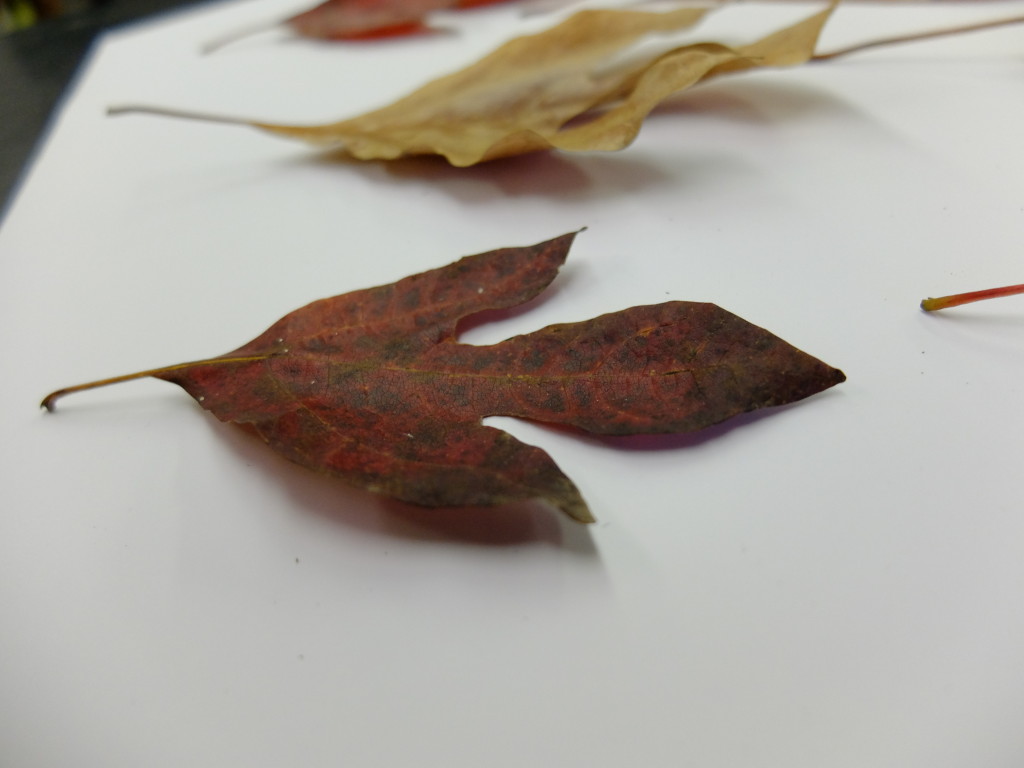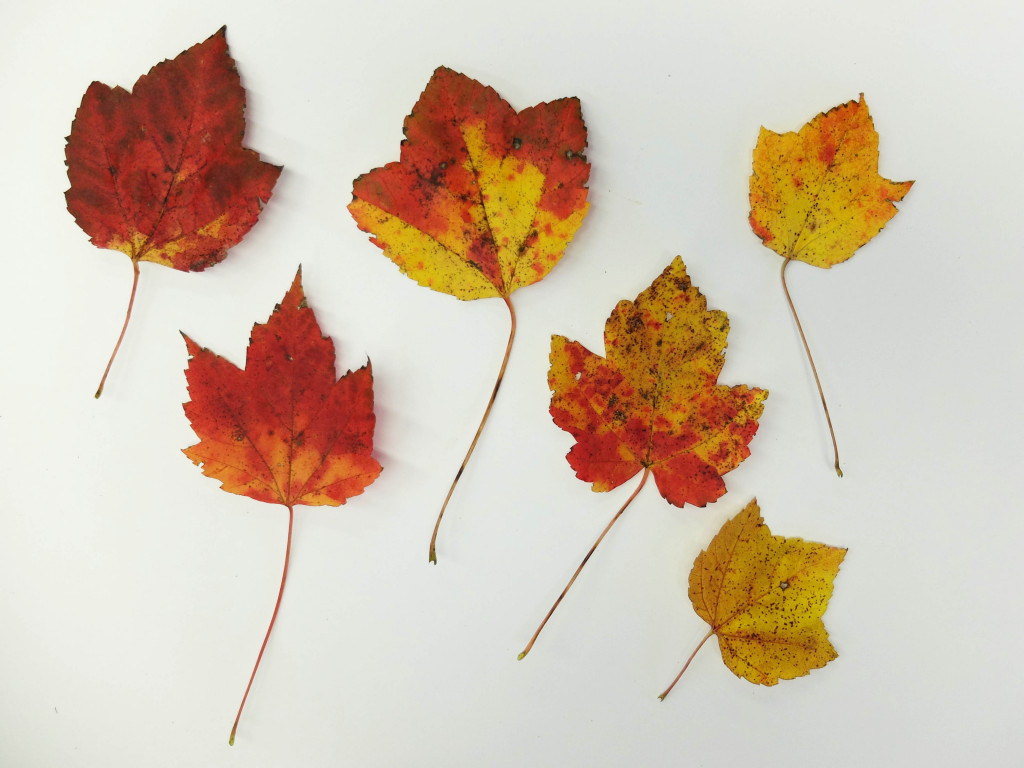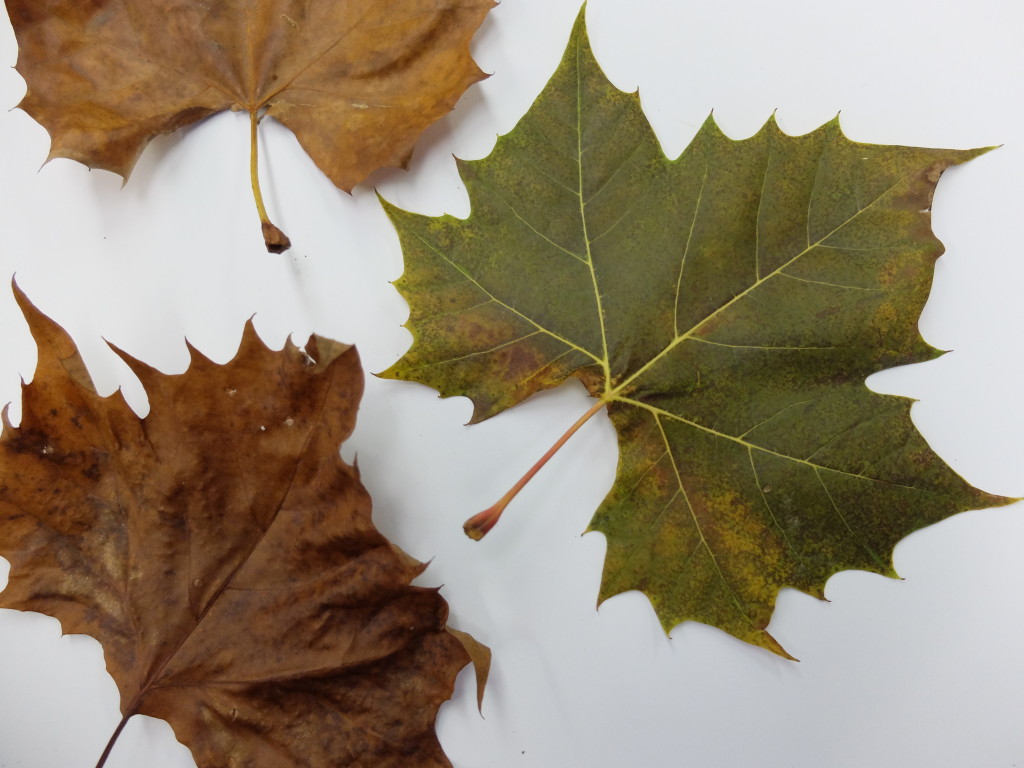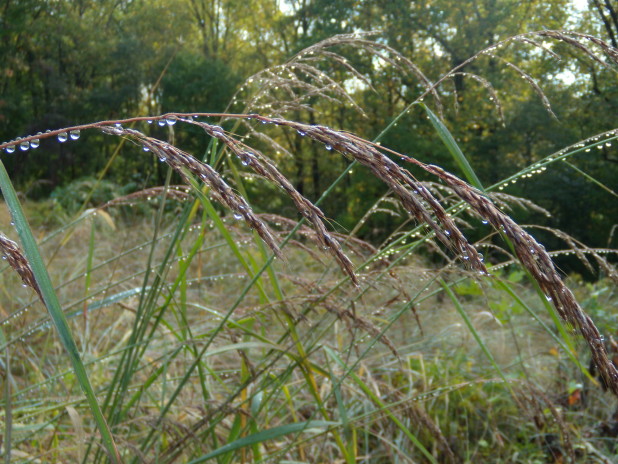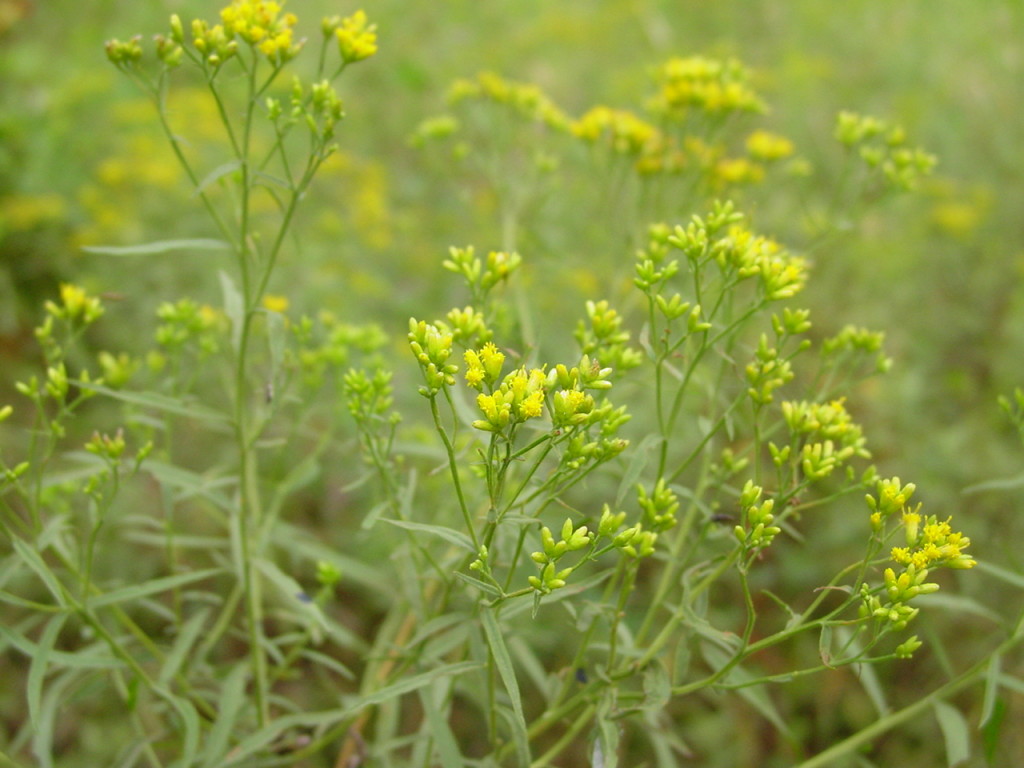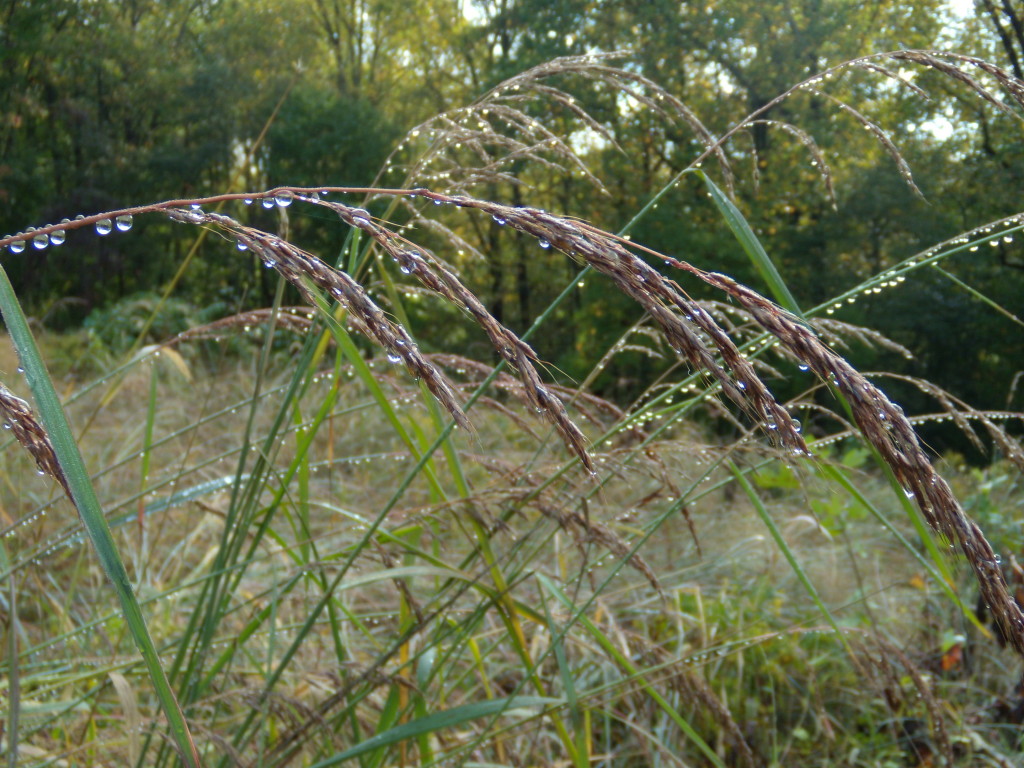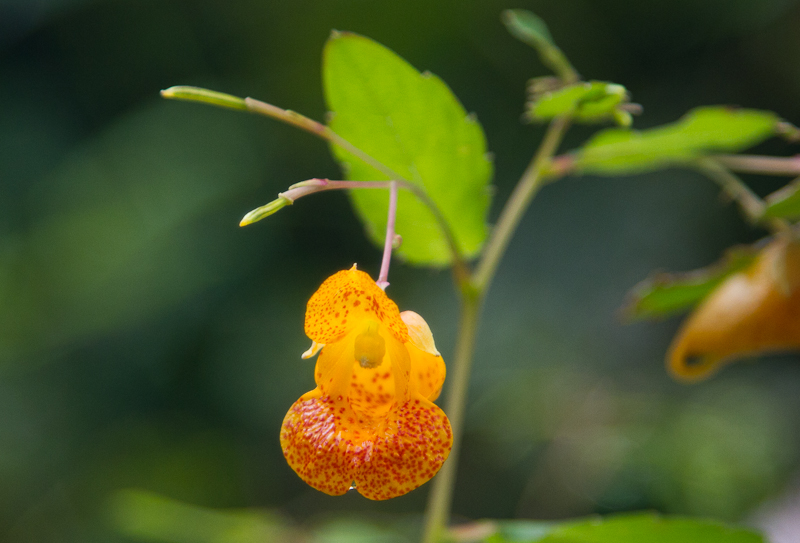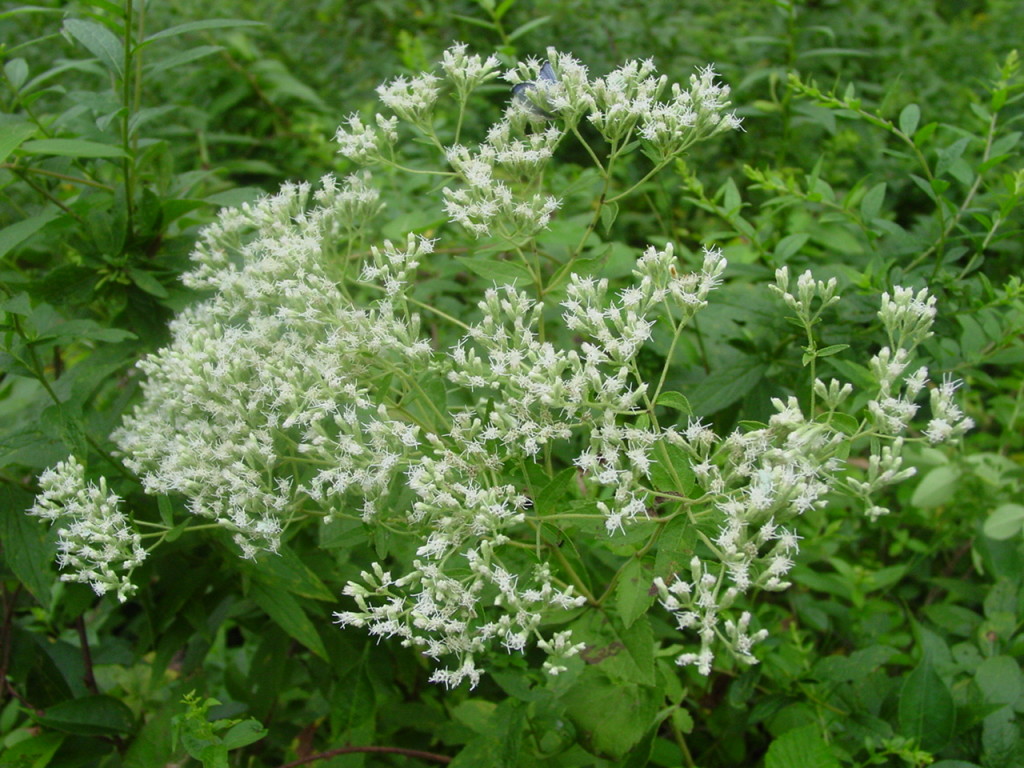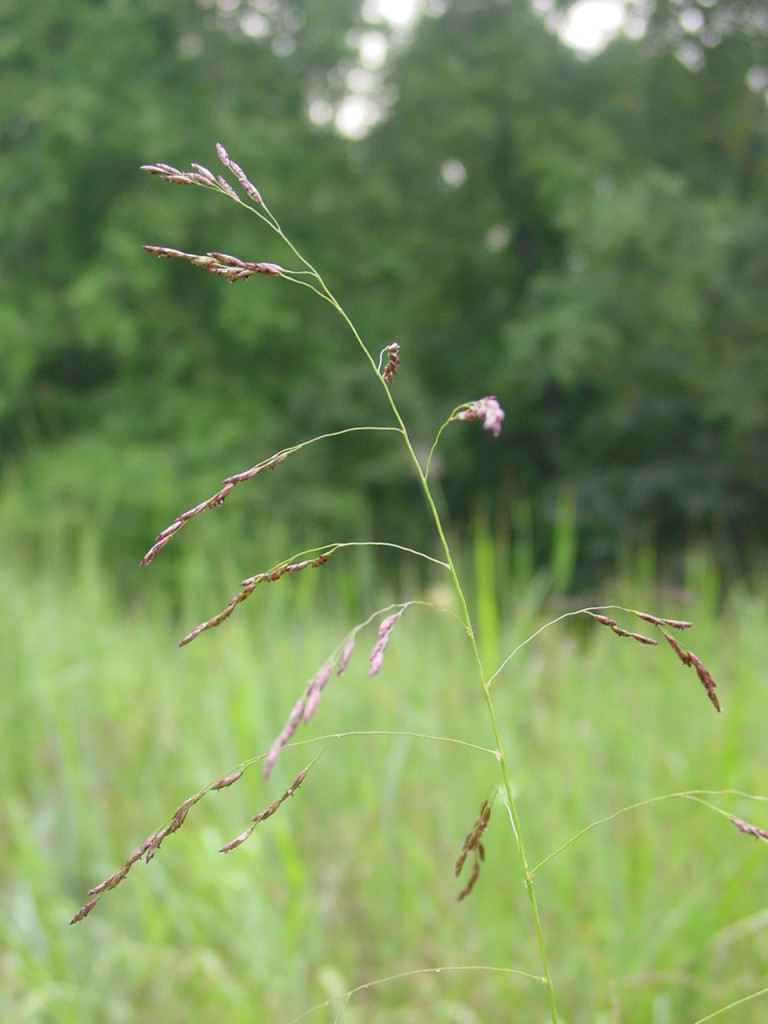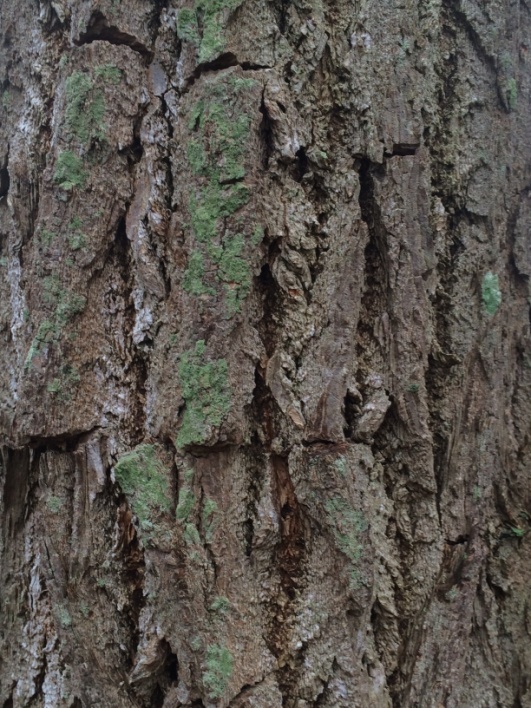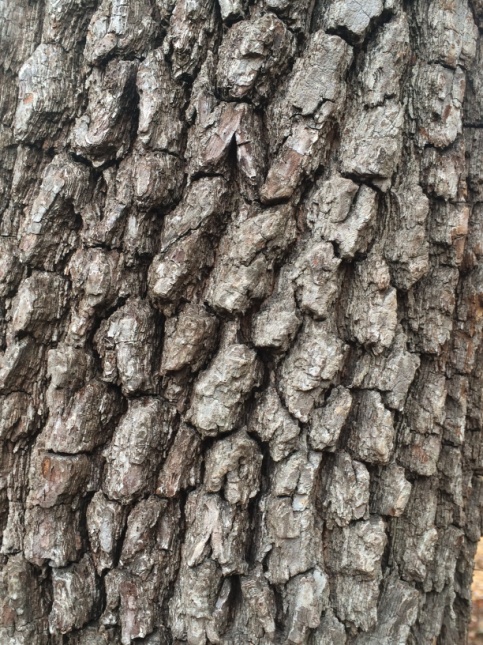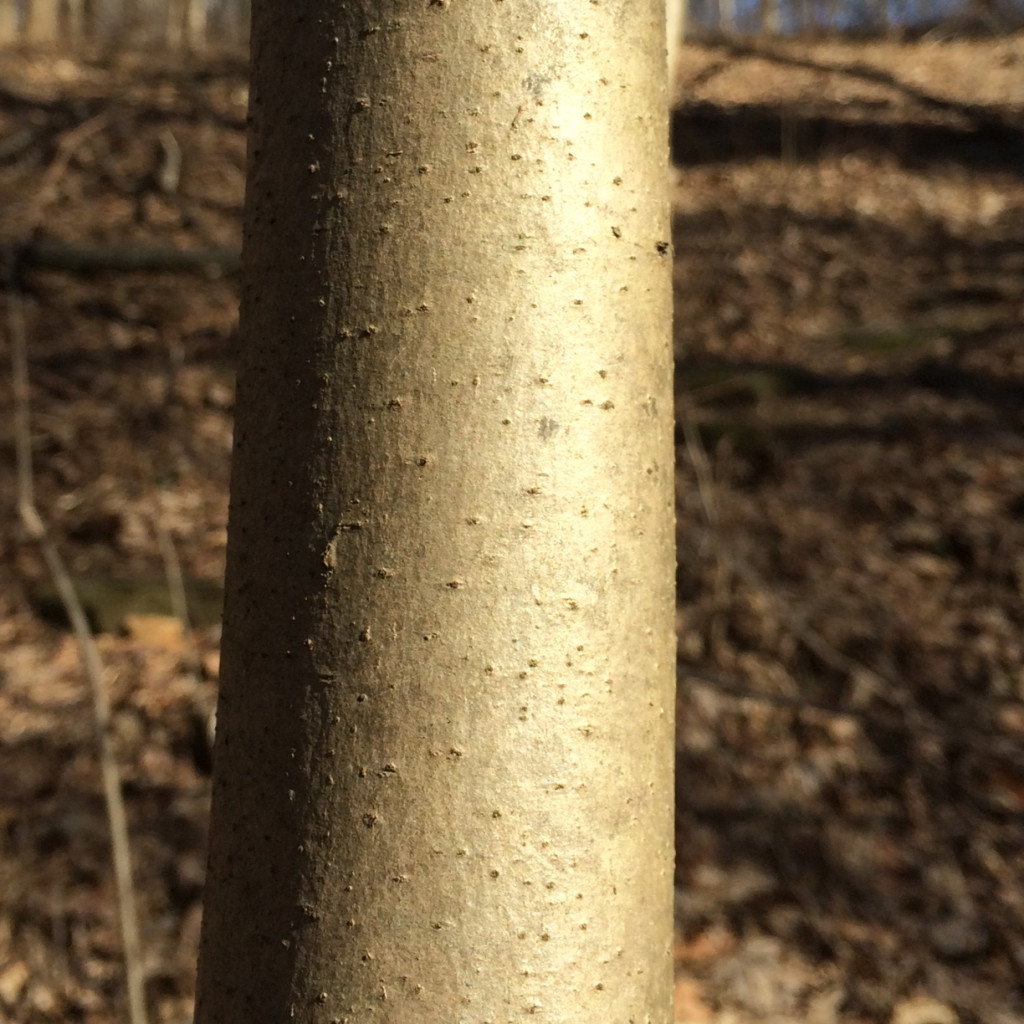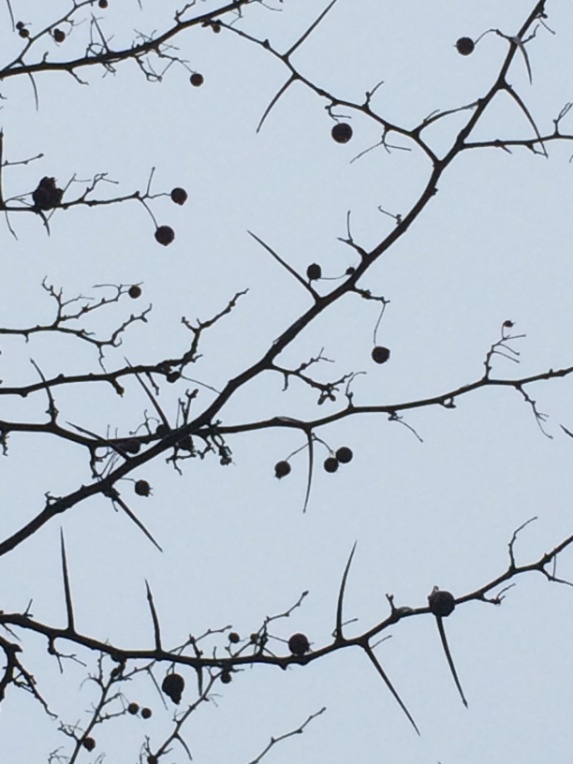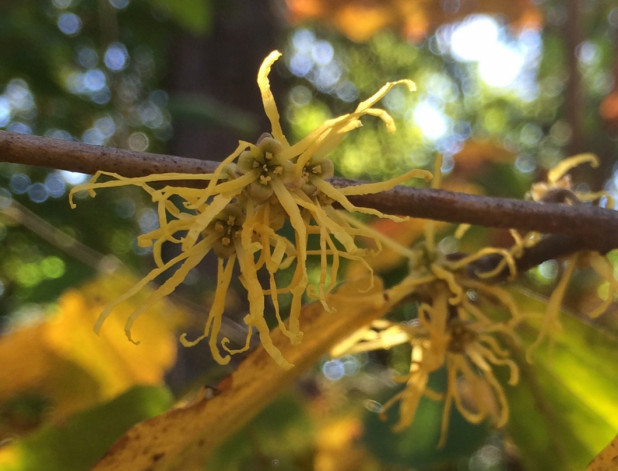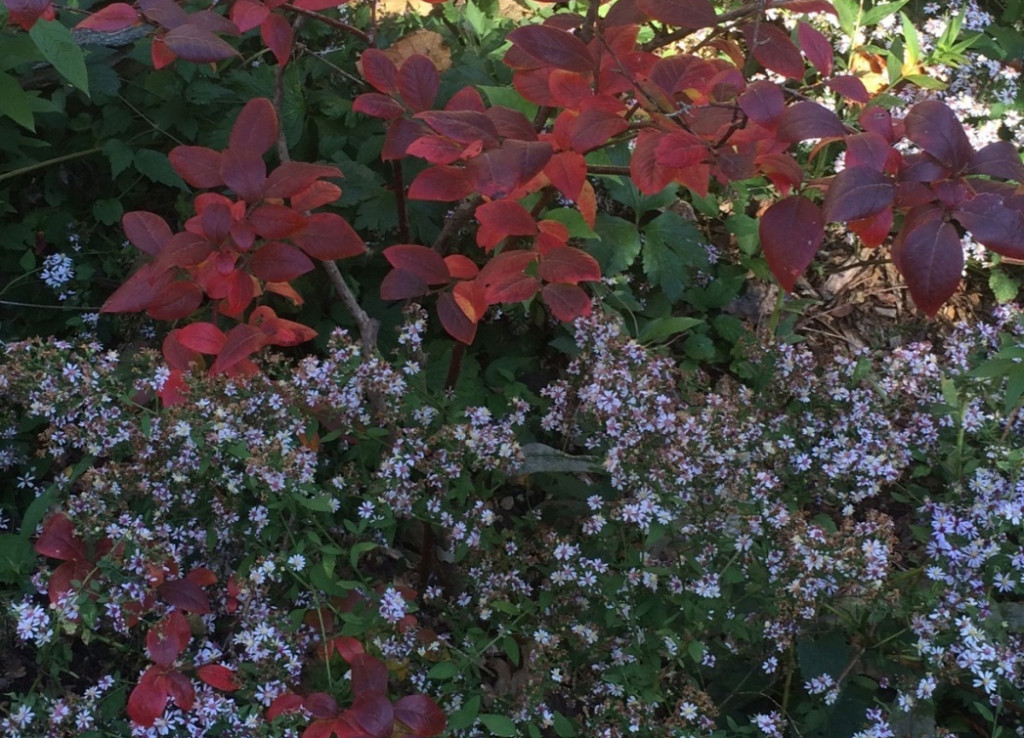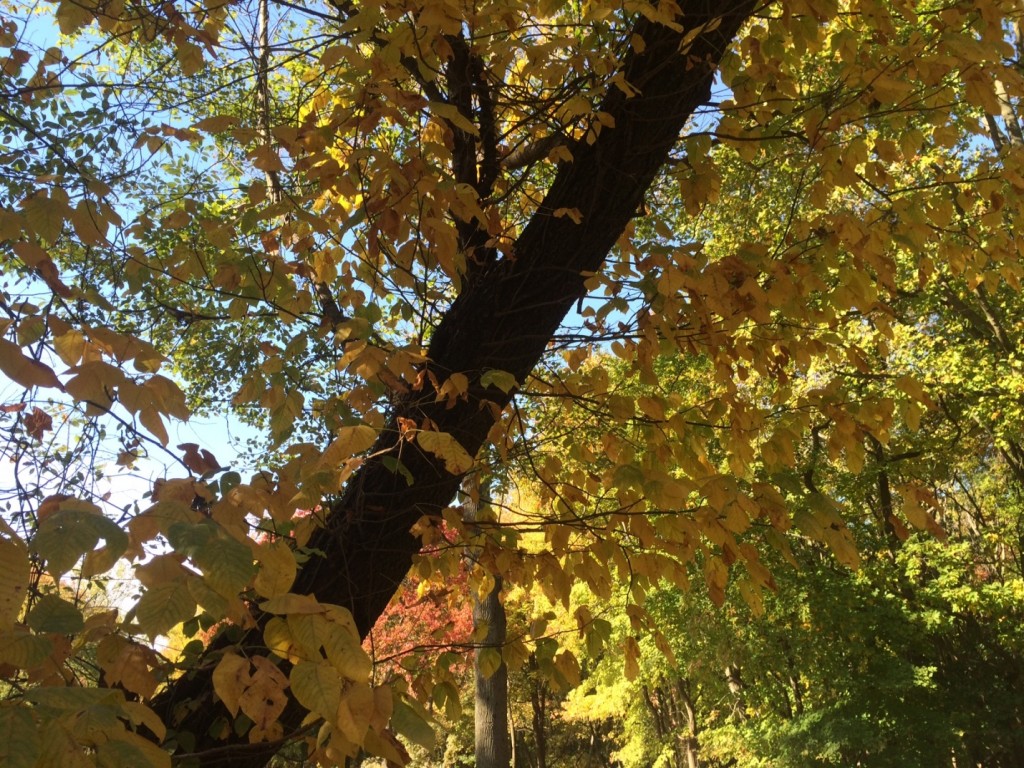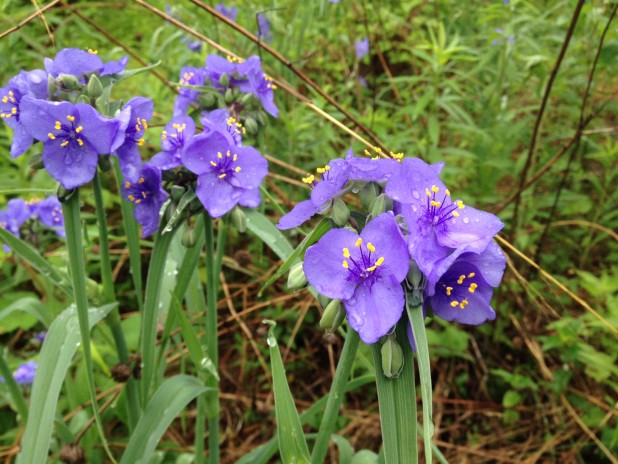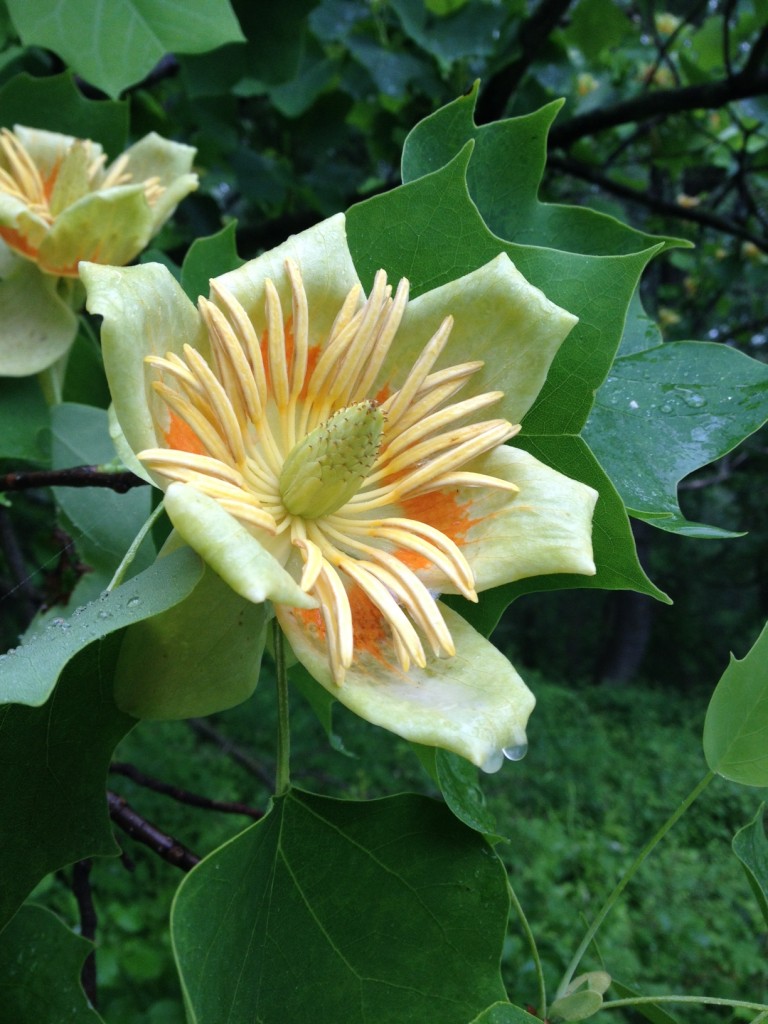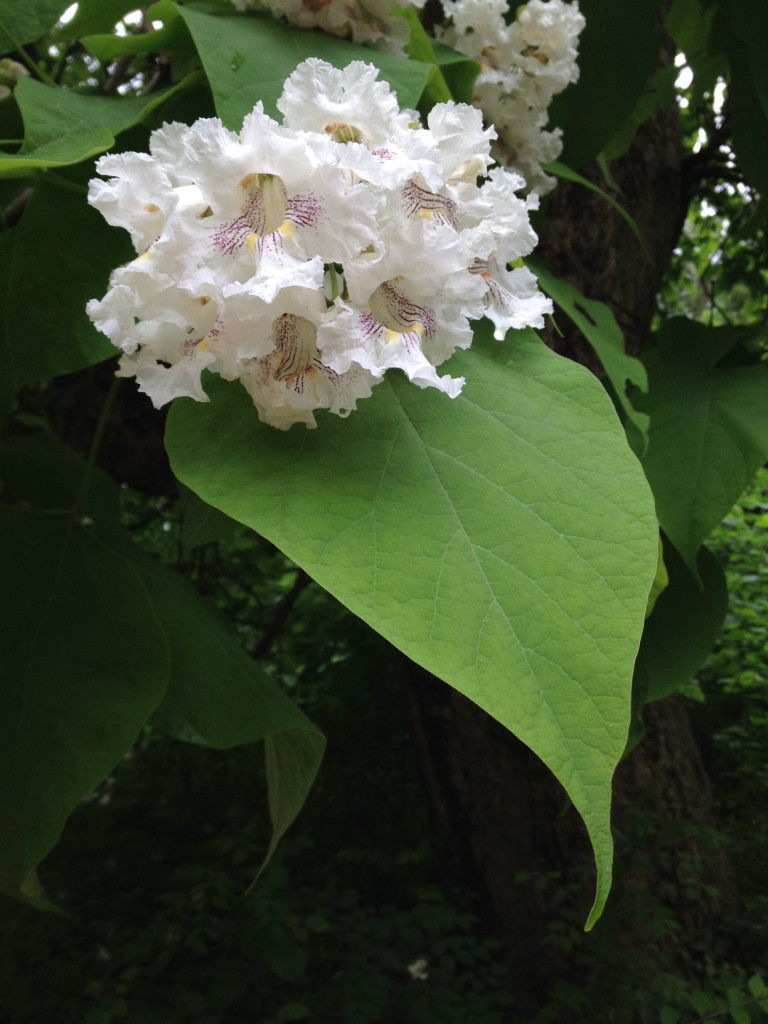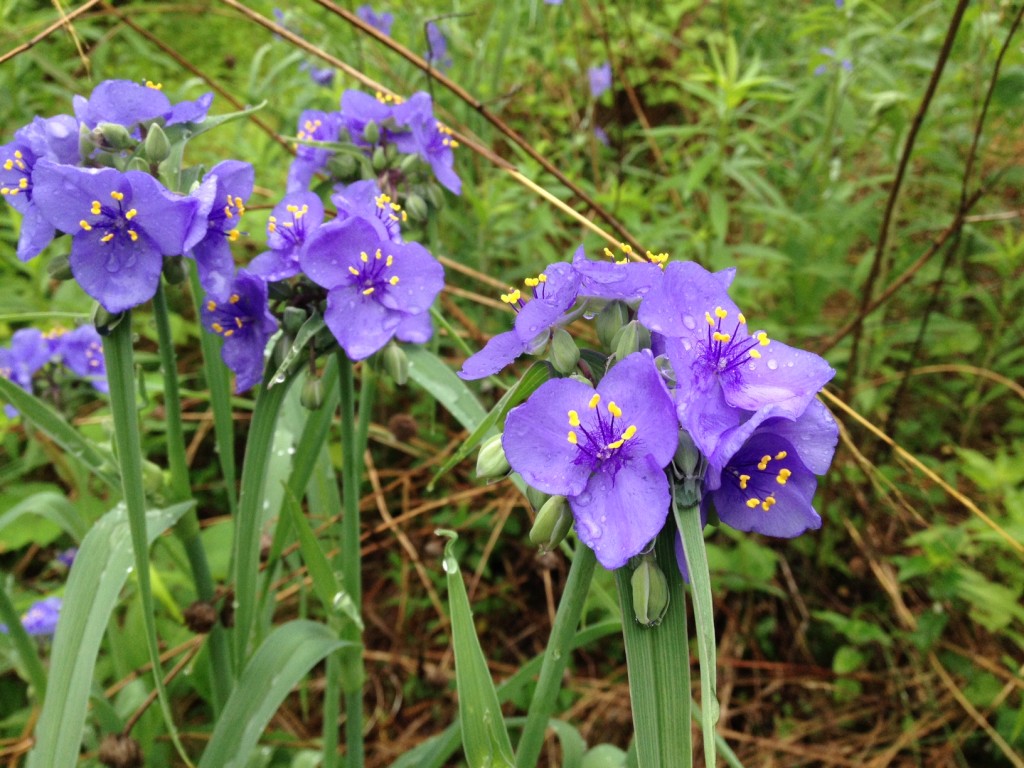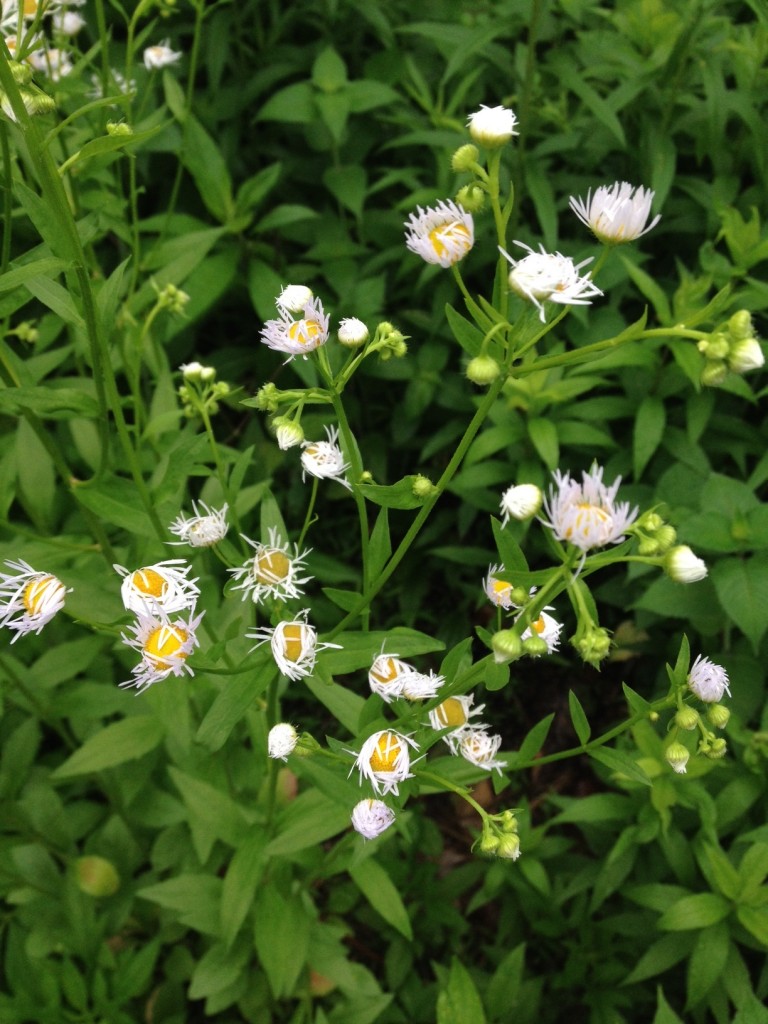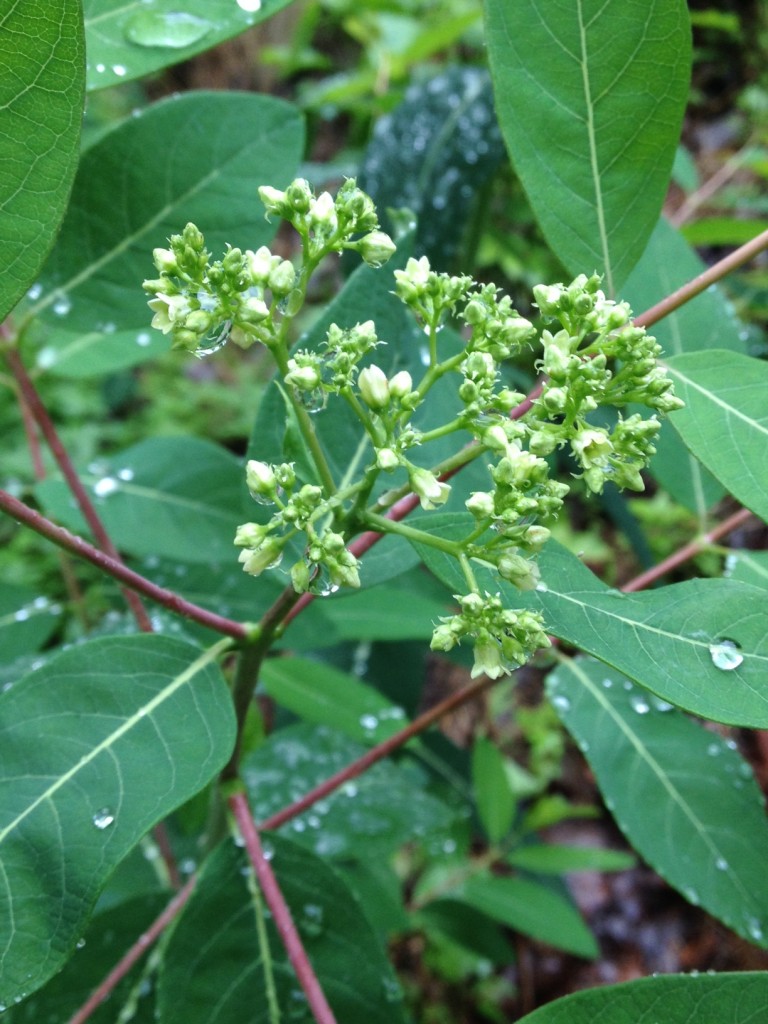“The Moving Field Guide relies on discovery and observation, which are important skills across all disciplines. It allows nearly all age groups to participate, it promotes critical thinking, it encourages participants to engage their environment, and allows for creative expression.” —Jessie L Scott III, Boston Urban Connections Coordinator, USDA Forest Service
Cassie Meador is thrilled to be returning to Schuylkill Center for Environmental Education as part of Naturepalooza, the Center’s Family Earth Day Celebration. As part the festivities, families will get outdoors to learn about local ecology and the ways in which water shapes our lives through a series of movement activities in Cassie Meador’s Moving Field Guide program. Cassie will partner with the Schuylkill Center’s very own environmental educator Eduardo Duenas on two Moving Field Guides during the celebration—at 11am and 12:30 pm. Join them on these interactive nature walk to learn, move, and make new connections to the outdoors and each other through dance.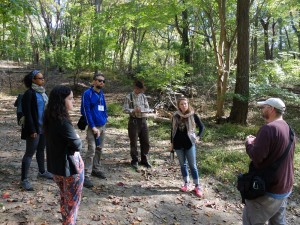
Cassie, Executive Artistic Director of Dance Exchange, and a creative team from Dance Exchange will return to the Schuylkill Center this June as part of the LandLab artist residency program. The residency will culminate in September 2018 with an invitation to families and other local folks in the region to join in the creation of a performance and an environmental art installation, reflecting on the ways water shapes, moves, and sustains our lives.
Through the LandLab residency, Cassie Meador will collaborate with Jame McCray, an interdisciplinary ecologist, and Zeke Leonard, an artist who mobilizes community-based sustainability efforts through interactive musical objects and installations. The creative team will use interdisciplinary artmaking approaches to move people from a place of observation to participation to active stewardship.
Image credits: Jori Ketton and Schuylkill Center LandLab collection.
Founded in 1976 by Liz Lerman and under the artistic direction of Cassie Meador since 2011, Dance Exchange is a non-profit dance organization based in Takoma Park, Maryland. Dance Exchange’s innovative local, national, and international performance projects engage communities and partners across a wide range of disciplines. Dance Exchange ignites inquiry, inspires change, and connects people of all ages more deeply to the questions at the heart of our lives through dancemaking and creative practices by collaborating across generations, disciplines and communities to channel the power of performance as a means for dialogue, a source of critical reflection, and a creative engine for thought and action.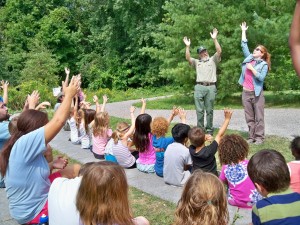
LandLab is a unique artist residency program that operates on multiple platforms: artistic creation, ecological restoration and education. A joint project of the Schuylkill Center for Environmental Education and the Center for Emerging Visual Artists (CFEVA), LandLab offers resources and space on our 340-acre wooded property for visual artists to engage audiences in the processes of ecological stewardship through scientific investigation and artistic creation.

